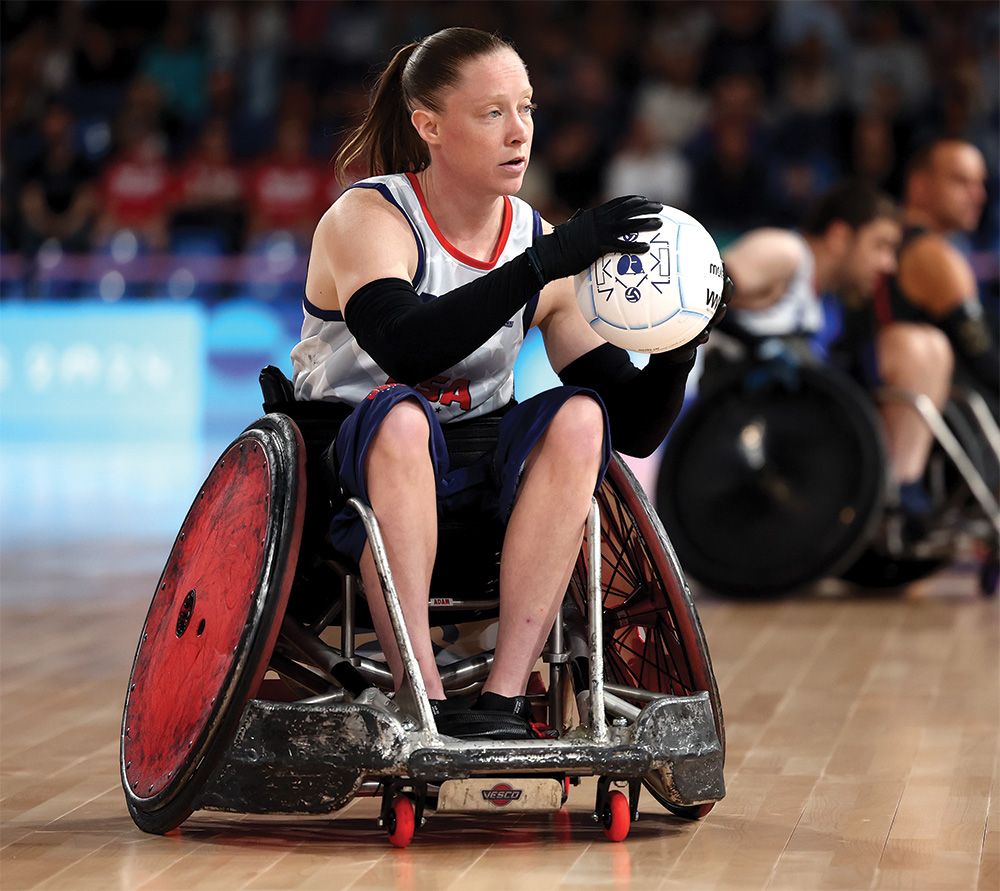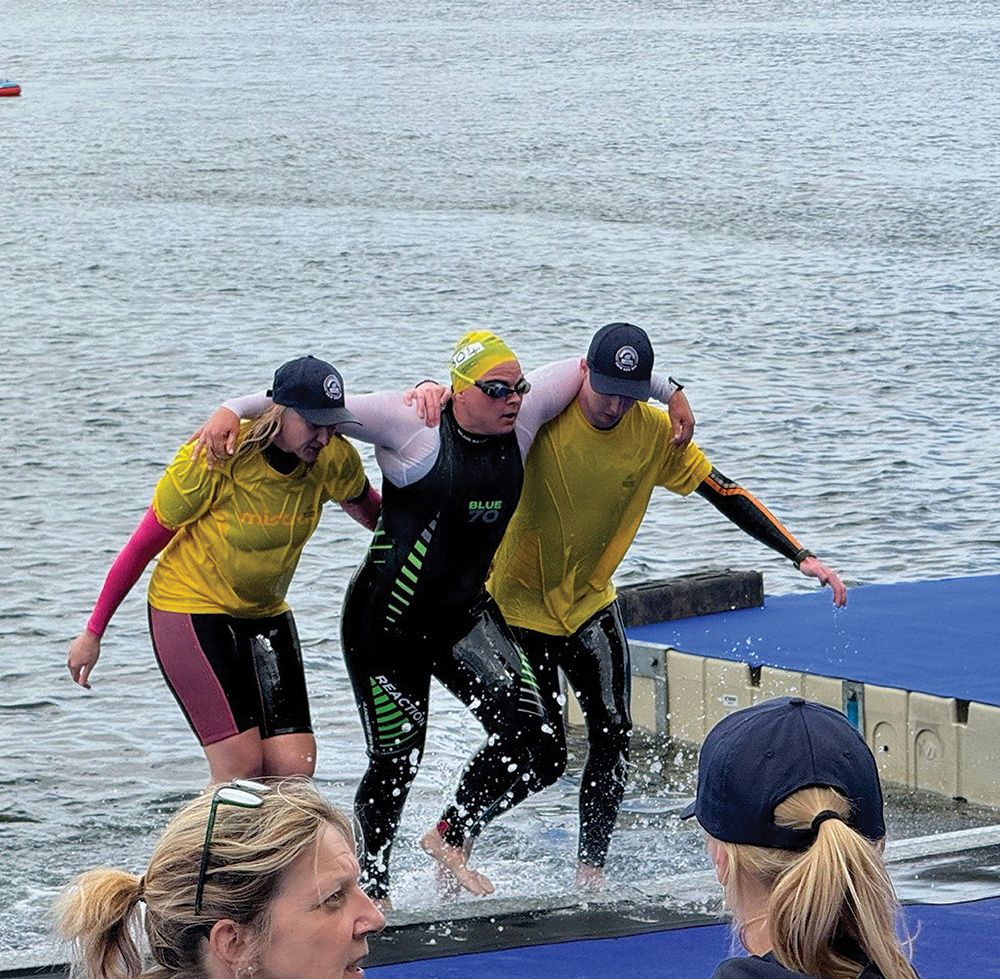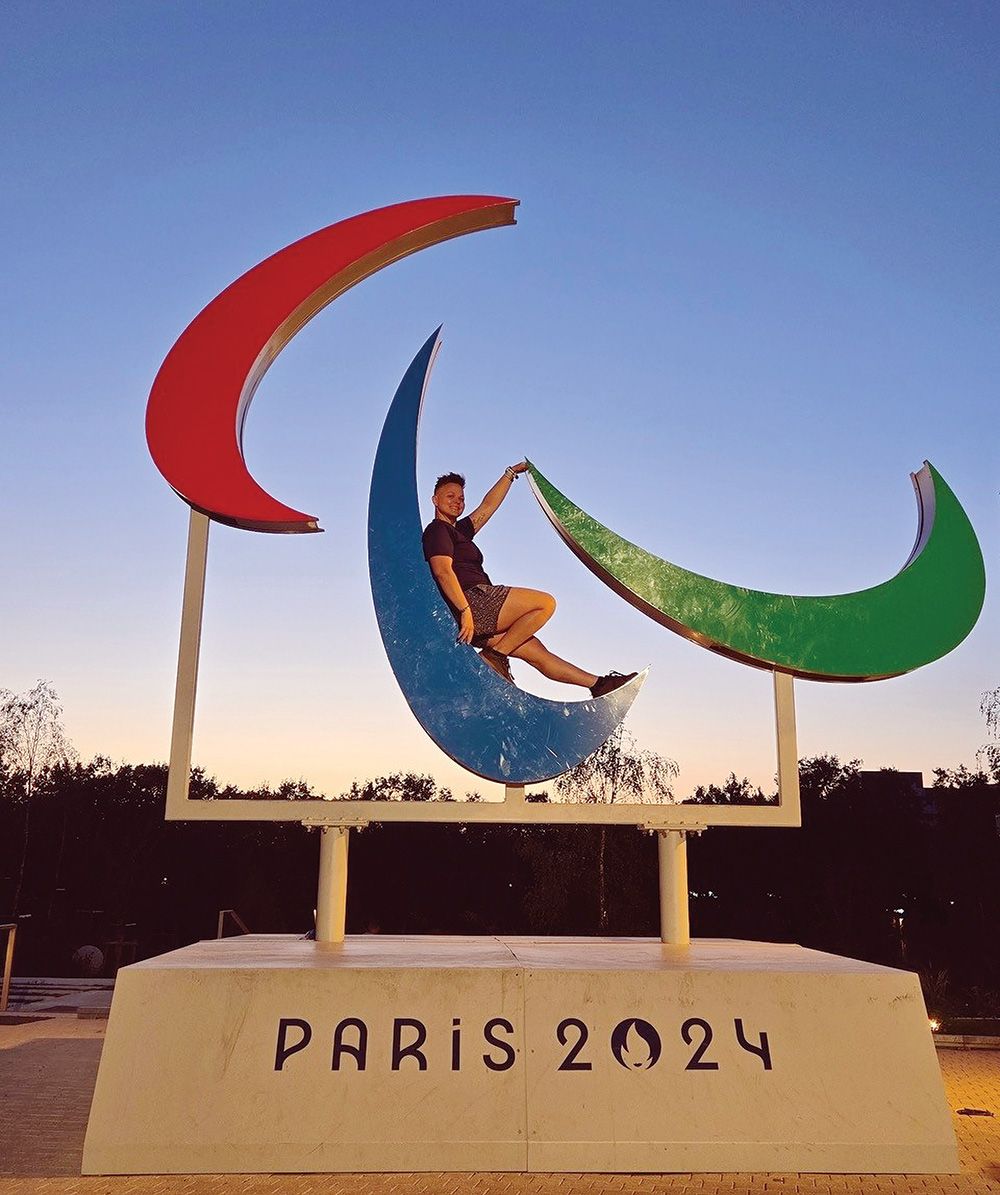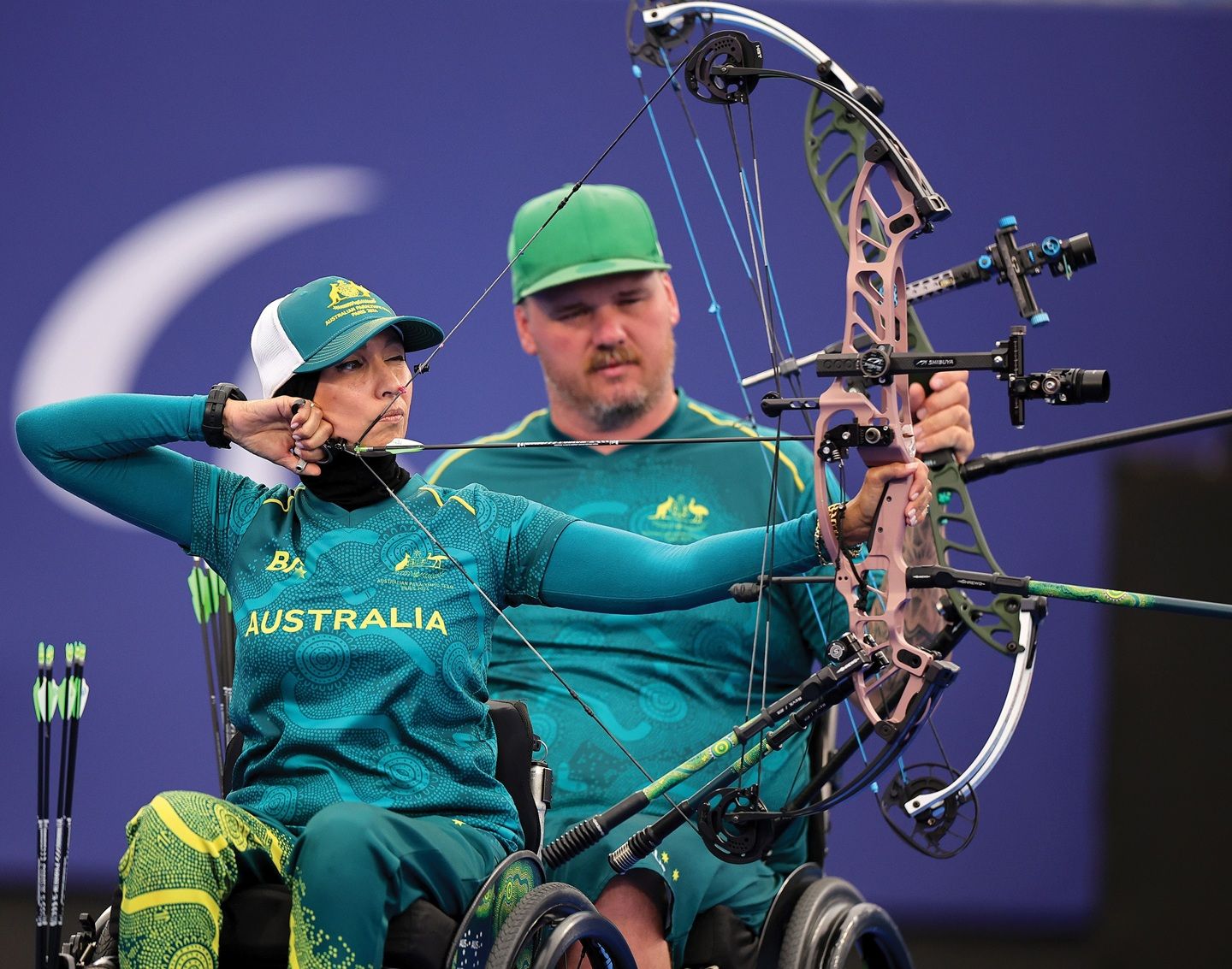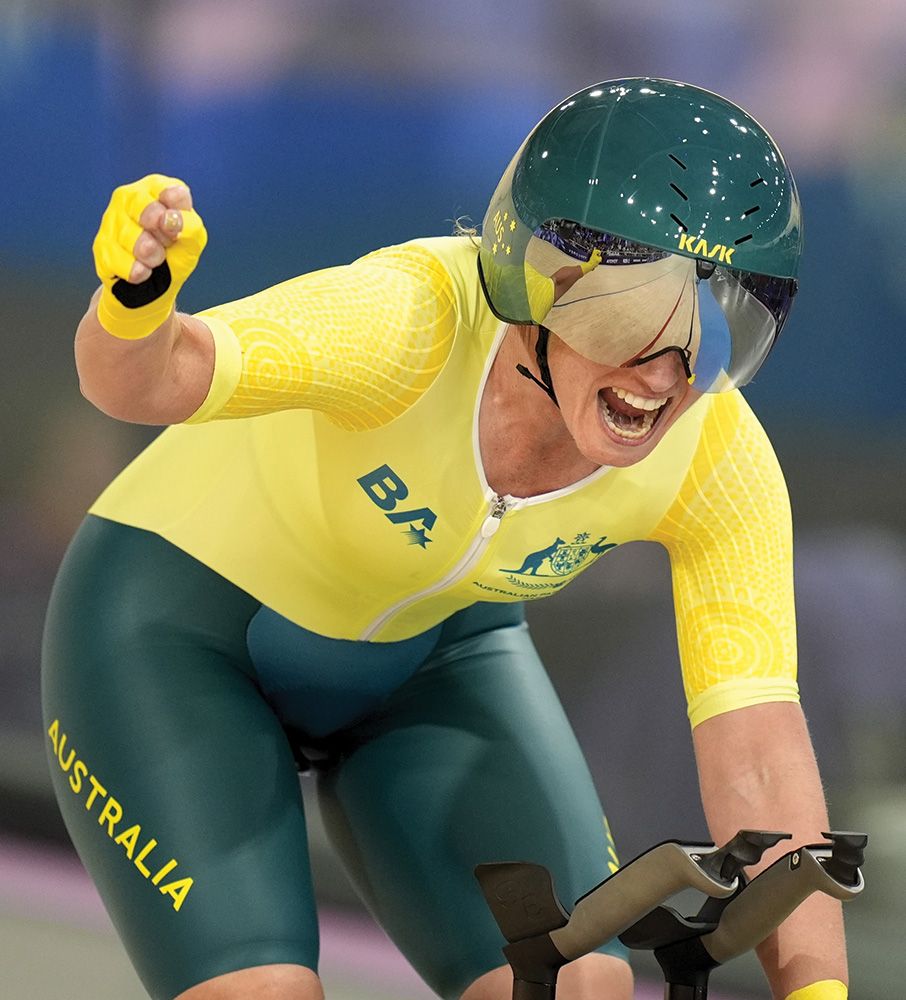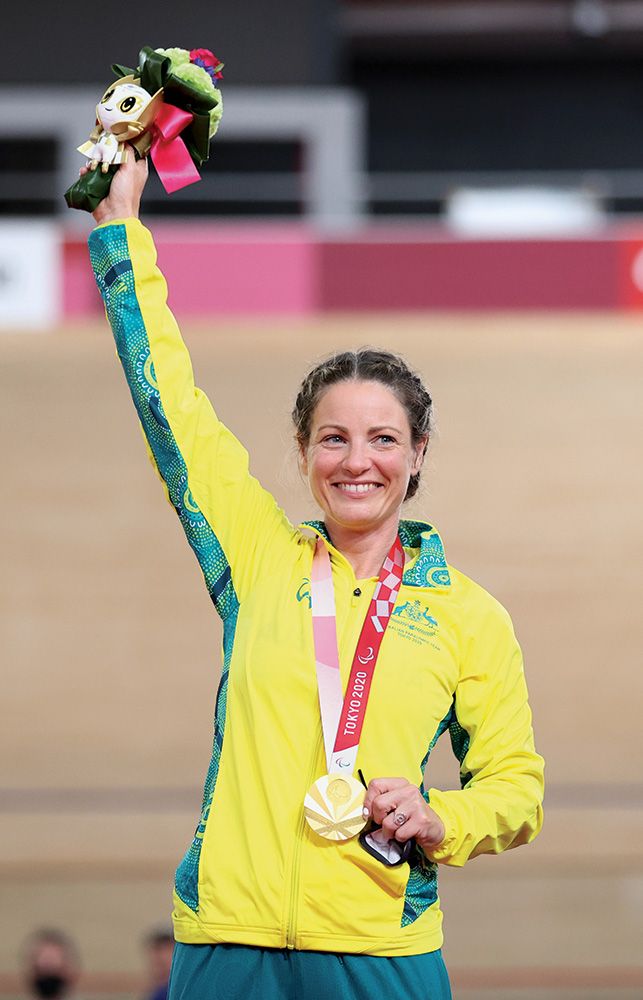Sydney, New South WalesCompetes for Team Australia in archeryDiagnosed in 2012 at age 38The Paralympics celebrates diversity. But as with any sports competition, that diversity doesn’t necessarily extend to birthdays. A 50-year-old making her Paralympic debut is notable.Even more notable is that Australian archery Paralympian Ameera Lee didn’t pick up her first bow or hit her first bullseye until age 42, 4 years after her MS diagnosis. At the time, she never imagined she’d shoot so well that she’d become a Paralympian.It helped that Lee had been an athlete her entire life. She grew up doing gymnastics and, as an adult, she practiced the martial arts taekwondo and capoeira. “I was quite fit,” she says, so it was a shock when she was diagnosed with MS.Lee was living in Dubai at the time, working as a paralegal for an education organization. She returned to working as a medical secretary after arriving back in Australia and caring for her toddler son, Huthaifa. One day the right side of her face went numb. The numbness radiated down the right side of her body and when it hadn’t disappeared after a week, she and her husband decided to get it checked out.Several MRIs later, Lee was diagnosed with MS. “The doctor said with the number of active lesions I had in my brain, I shouldn’t have even been able to function,” she says.
A Shooting Star
Lee’s diagnosis kicked off a period of turmoil. Within a year, she had moved back to Australia with her son and husband. She and her husband divorced soon after. She started on disease-modifying therapies (DMTs), worked with a speech and music therapist, and made exercise a priority.“When my son did swimming class, I did, too,” Lee says.One day at the pool, she saw a sign that said, “Try archery.” Intrigued, she registered her son in an archery class and was told she could join as well.“I tried it, and I got the bug,” she remembers. Living in the middle of the city, she appreciated that archery took place on a field, out in nature. “It’s very calming, with all the greenery and just you and the target,” she says.Lee originally did standing archery, but she often lost her balance and fell as she walked to the target to collect her arrows. “As time went on, my coach found out I had MS. I was then invited to go through a Para classification assessment and competed as a standing open Para archer. As I started to have more falls and balance issues and my MS was becoming more severe, I transitioned into a wheelchair for safety reasons.”Initially, she thought “No one is sticking me into a wheelchair until I absolutely need it.” Her son changed her mind. Lee usually walks with a cane, but her son noticed when she did use a wheelchair, she seemed happier.“I didn’t realize how exhausting it is to live a normal day when you add MS into it,” she says. “I had no comprehension of how much energy I was using just to do something like walking around while shopping.”She progressed rapidly with wheelchair archery, to the point where she now spends 4 days a week on the range — 2 weekdays for a total of about 3 hours, and 2 days on the weekends for a total of 8 to 10 hours.She also works full time as a medical administrative secretary, along with being a single mother to her son, who’s now 15. Add in living with MS and it seems like an impossible schedule. “There’s not one day when I don’t have symptoms,” including fatigue, stomach and heat issues and numbness in her right hand, arm, foot and face, Lee says.But Lee has learned coping skills. She keeps a diary to help her get out of her head and release stress. She practices the spoon theory, which helps her manage her energy by imagining she has only so many spoons she can use for daily activities, and she prioritizes self-care.“When I started archery, I was trying to make everyone else happy,” she says. “I had to learn to be kind to myself, be gracious with myself, tell myself it’s OK if you can’t do something you think you should do. You have to look after yourself first.”“Don’t Give Up”
In December 2022, Lee was diagnosed with COVID-19. She was sick for months and lost about 35 pounds. “I was so weak I couldn’t draw the string on my bow,” she says.And yet she was still able to compete in the July 2023 Para-archery World Championship and earn a spot at the Paris Paralympics, thanks to help from the team nutritionist and the philosophy she lives by: “Be creative, get inspired and don’t give up.”In Paris, Lee made it to the second round in the women’s individual compound open in archery, and to the quarterfinals in the mixed team compound. She loved staying in the Paralympic village and meeting people from different countries and sports, and even managed to fit in a visit to the Louvre.Lee plans to keep competing in archery, with the 2028 Paralympics in her sights. “I feel like I’m still on an upward trajectory, as long as my body lets me,” she says.In the meantime, Lee plans to continue spreading her motivational message: “Find something within yourself that gives you that hope, that peace, that you enjoy doing — no matter your age or ability.”
